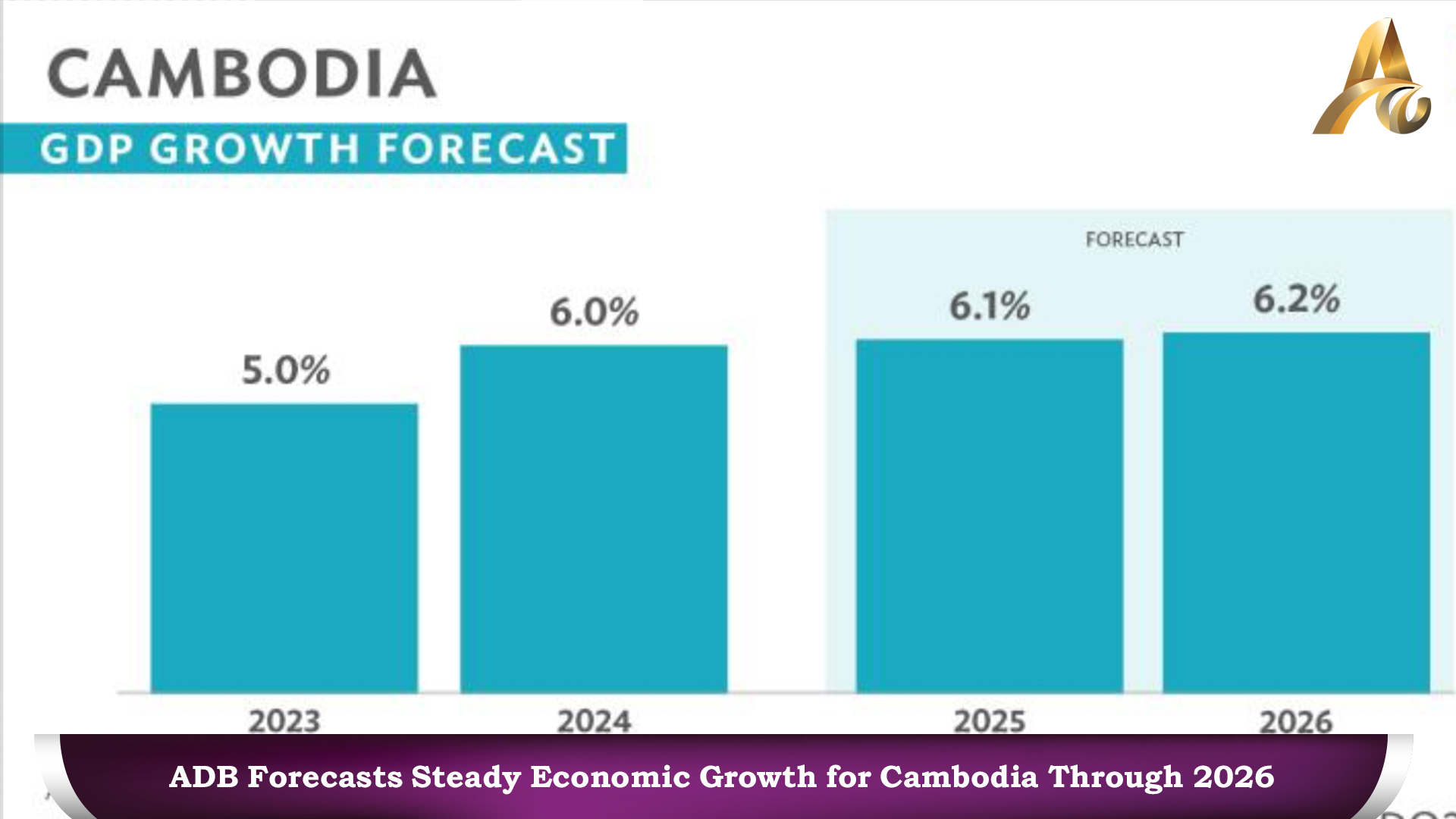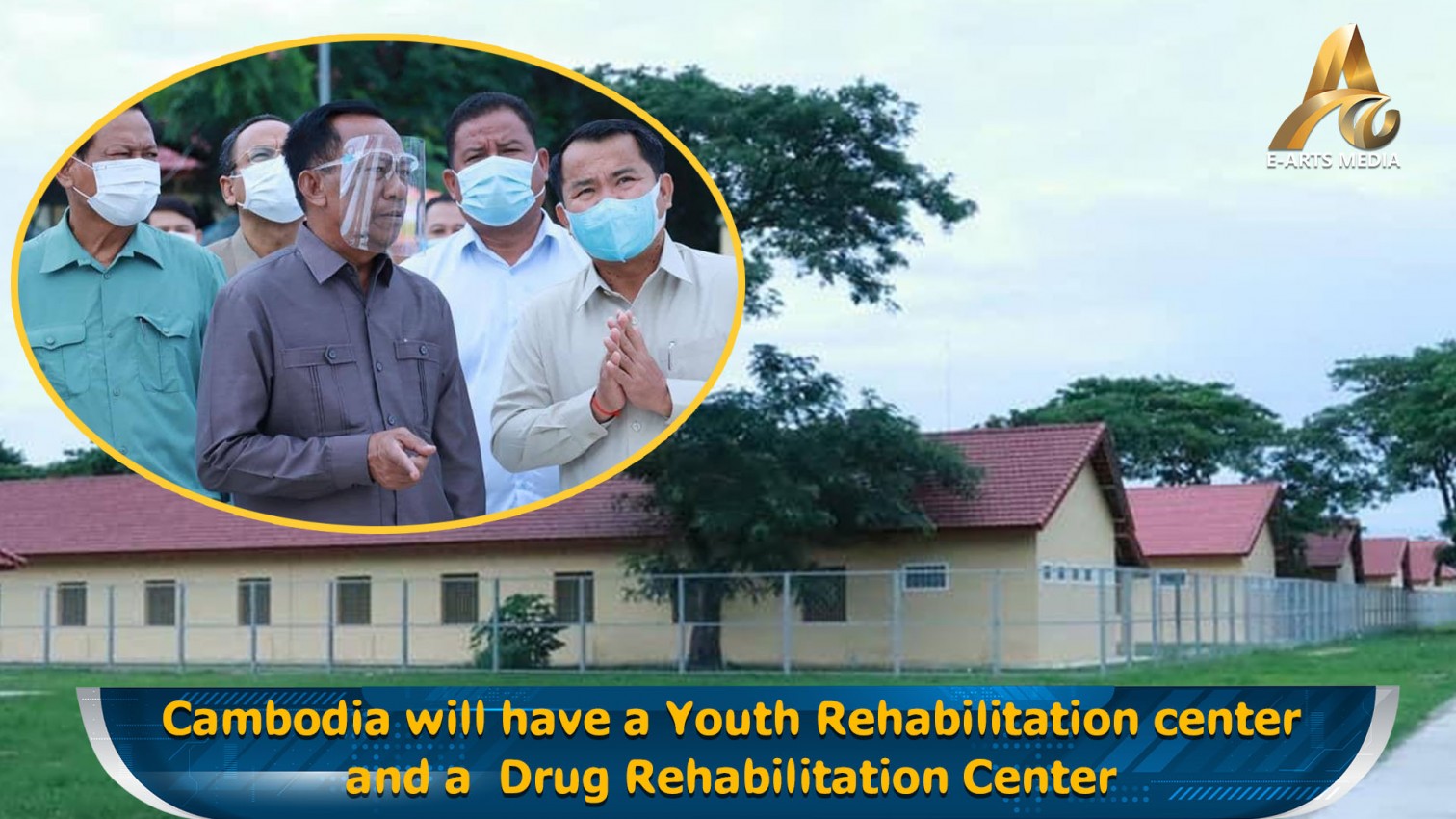PHNOM PENH, April 10 – Cambodia’s economy is projected to maintain a steady growth trajectory over the next two years, fueled by strong external demand for manufactured goods and a continued recovery in the tourism sector, according to the Asian Development Bank’s (ADB) Asian Development Outlook (ADO) April 2025 report.
The ADB estimates Cambodia’s gross domestic product (GDP) will expand by 6.1 percent in 2025 and 6.2 percent in 2026, following growth of 6.0 percent in 2024. However, the outlook is subject to growing external risks, including evolving U.S. trade policy, instability in China’s property sector, and ongoing geopolitical tensions that may disrupt global supply chains.
The forecasts were finalized before the U.S. administration’s announcement of new tariffs on April 2. As such, the baseline projections only account for tariffs in place as of March 2025. The report does, however, include a regional analysis of potential impacts from heightened tariff regimes.
“The positive economic outlook for Cambodia in 2025 and 2026 reflects the country’s resilience and underlying strengths,” said ADB Country Director for Cambodia Jyotsana Varma. “In the face of global uncertainties, Cambodia must focus on strategic investments in digital public infrastructure and human capital to diversify its economy and ensure inclusive, sustainable growth.”
Industrial output is expected to grow by 9.3 percent in both 2025 and 2026, led by strong performance in the garment and non-garment manufacturing sectors. The services sector is projected to expand by 4.4 percent, supported by moderate gains in tourism despite ongoing weakness in real estate activity. International tourist arrivals—particularly from Southeast Asia—are expected to continue rising, contributing to tourism revenue growth.
The ADB report also identifies digital transformation as a critical policy priority for sustaining long-term economic development. While Cambodia has improved its ranking in the United Nations’ e-Government Development Index—from 155th in 2012 to 120th in 2024—significant gaps remain in digital infrastructure and the delivery of online public services.
To accelerate digital transformation, the report urges investments in key digital public infrastructure, including universal digital identification systems, broadband access, data centers, cybersecurity frameworks, and digital innovation hubs. These efforts must be complemented by human capital development to enhance economic productivity and competitiveness.
Founded in 1966, the ADB supports sustainable and inclusive development across Asia and the Pacific. The bank is owned by 69 member countries, including 49 from the region.






















